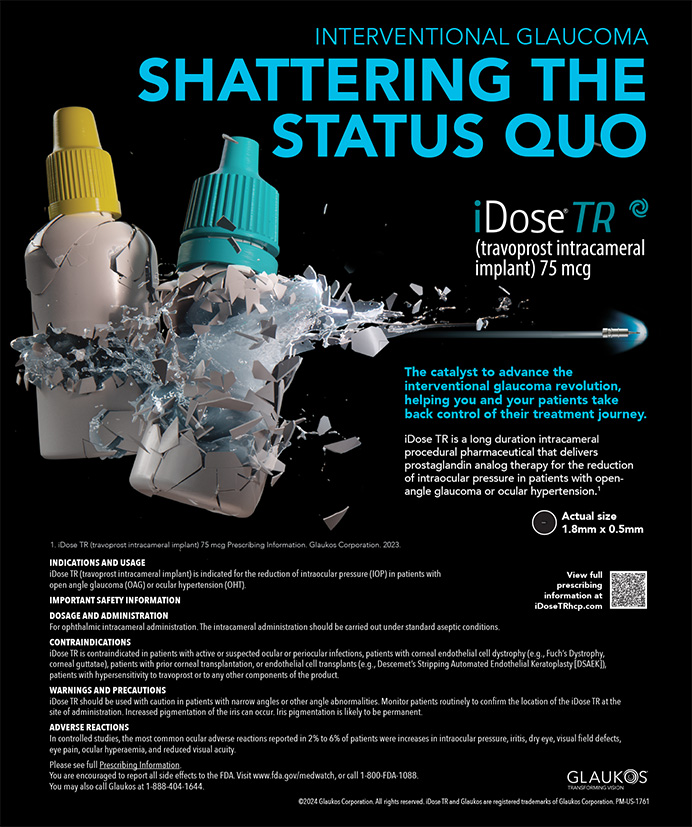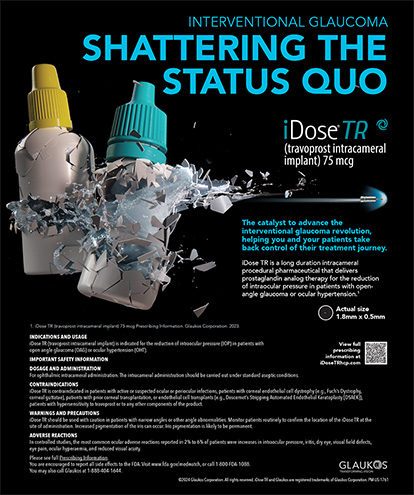For the past 3 decades, the continuous curvilinear capsulorhexis (CCC) has been the gold standard for creating a capsulotomy. Several devices have been introduced to replace the CCC, but unlike other devices, the Verus (Mile High Ophthalmics) is designed to enhance the accuracy and reproducibility of the CCC rather than replace it.
The Verus is a biocompatible silicone ring. It has an outer diameter of 6.2 mm and an inner diameter of 5 mm (Figure 1). The ring is inserted prior to the capsulotomy's creation and is removed immediately after this step. In my experience, the device's unique design makes it ideal for improving the consistency of the anterior capsular opening. A micropatterned surface acts as a braking system once the device is placed on the capsule so that the ring maintains stability and limits side-to-side movement. A distinct angle to the inner edge of the ring enhances my ability to walk the anterior capsular flap along the inner diameter of the device for precise creation of the capsulotomy. I can position the device over the light reflex prior to initiating the capsulorhexis. The final result is a CCC that is precisely sized and positioned as I wish (Figure 2).
I find the advantages of the Verus to be significant. The device can be cost-effectively integrated into the natural flow of cataract surgery. I had no need for expensive hardware and additional surgical steps prior to entering the OR, and I was able to customize the position of the capsulotomy in real time under direct view of the microscope. In my experience, the Verus is also well suited to residents and fellows during training, and the device can help novice surgeons perfect the capsulorhexis technique, which is one of the most important factors in a successful cataract procedure.
Potential drawbacks to the device include a minimal increase in cost and procedural time. I have found that the best results with the device require the use of a capsulorhexis forceps rather than a cystotome, which some surgeons might be more accustomed to using.
Robert J. Cionni, MD, is the medical director of The Eye Institute of Utah and an adjunct clinical professor at the Moran Eye Center of the University of Utah in Salt Lake City. He is a consultant to Mile High Ophthalmics. Dr. Cionni may be reached at (801) 266-2283.


